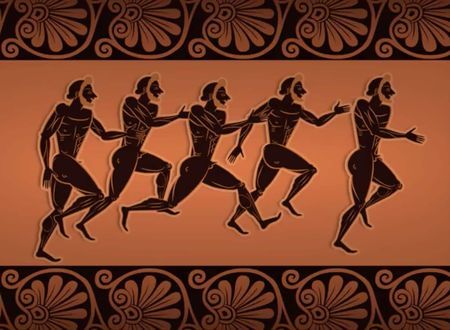Our twelfth Jyotirling
India is a country of reverence, devotion and humanity, to strengthen and develop this system, our great men developed religious spirituality keeping the unity of the country in mind.
Indian thought is the thought of universal brotherhood, which gave the message of ‘Sarve Bhavantu Sukhinah‘ to the world.
Acharya Shankar knew that until India is not strong, we cannot give what we want to give to the world.
Keeping this in mind, keeping in mind all the communities and geographical composition of India, Lord Shankar, who is absorbed in every particle of India, has revered devotion among the people, tried to convert it into Bharat Bhakti.
Where Kedarnath has been established in the far north Himalayas, it is said that the face of that linga is visible as Pashupatinath in Nepal.
So the back part is in Kedarnath, the Shivling established by Lord Shri Ram in the far south Rameswaram attracts everyone if not all Hindus of the whole India have reverence for him,
Where Somnath in the west stands as a watchdog on the seashore, in the east Baidhnath Dham remains the center of our reverence in Deoghar-Bihar.
From the Himalayas to the south
From the Himalayas to the South Sea, Shivshakti has been invented by the self-styled Jyotirlinga,
Kedarnath in the Himalayas, Vishweshwar in Kashi, Omkareshwar on the banks of Narmada, Ujjainikat Mahakaleshwar, Somnath and Nageshwar in Gujarat,
Vaidhinath in Jharkhand, Maharashtra Trimbakeshwar, Ghrishneshwar, Bhimashankar,
Mallikarjuna in Andhra Pradesh and Rameshwar in Tamil Nadu This place is the twelve twelfth Jyotirlinga of Lord Shankar.
Symbol of cultural unity
Similarly, as a symbol of India’s cultural unity and as a proof of united India, Shaktipeeth is still present today.
It is said that Lord Shankar performed a tandava dance with Bhagwati, where Shakti Bhagwati’s parts fell, it became a Shakti Peeth, which acts as a sanjeevani for the unity of India.
We can see how big our India was.
One Shaktipeeth in Lanka, one in Bangladesh, one Shaktipeeth in Brahmadesh, one Shaktipeeth in Tibet, two Shaktipeeths in Pakistan, two Shaktipeeths in Nepal, one in Afghanistan and the remaining Shaktipeeths are known by different names in India.
These Shakti Peeths gradually transformed into power centers and became centers of reverence for Indians.
And call it Indian nationalism or cultural nationalism, this is the power and strength of Akhand India and the rest of India, which always gives us the inspiration of India’s philosophy.









Comments & Discussion
5 COMMENTS
Please login to read members' comments and participate in the discussion.